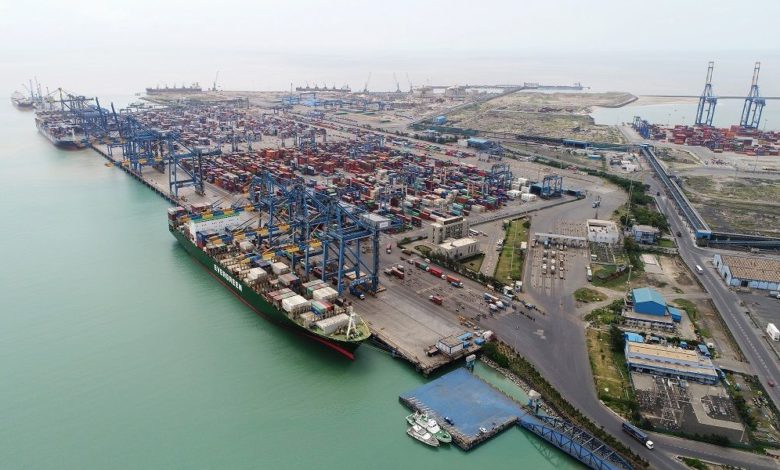
US and EU back new transport corridor linking India with Europe
One of the key outcomes from the weekend’s G20 summit in New Delhi was the signing of a memorandum of understanding to create the India – Middle East – Europe Economic Corridor (IMEC). Signatories to this continents-linking transport infrastructure include the US, the EU, India, Saudi Arabi and the UAE.
The IMEC, seen as a counter to China’s Belt Road Initiative (BRI), will be comprised of two separate corridors, the east corridor connecting India to the Arabian Gulf and the northern corridor connecting the Arabian Gulf to Europe. It will include a railway enabling goods and services to transit to, from, and between India, the UAE, Saudi Arabia, Jordan, Israel, and Europe.
Along the railway route, participants intend to enable the laying of cable for electricity and digital connectivity, as well as pipe for clean hydrogen exports.
“The IMEC is expected to stimulate economic development through enhanced connectivity and economic integration between Asia, the Arabian Gulf, and Europe,” stated a press release posted on the White House website.
Ursula Von der Leyen, the president of the EU, described the project as a “green and digital bridge across continents and civilisations.”
She also announced a Trans-African Corridor connecting the Angolan port of Lobito with landlocked areas of the continent: the Kananga province in the Democratic Republic of Congo and the copper-mining regions of Zambia.
In related news over the weekend landlocked Bhutan and India agreed to establish the Himalayan kingdom’s first internationally connected cross-border railway with India’s northeastern region giving Bhutan a maritime outlet.
Commenting on the IMEC news, Punit Oza, a shipping expert at MaritimeNXT, a Singaporean consultancy, stated that such projects generate tremendous demand and trade of raw materials at the development stages which is potentially great news for the dry bulk and tanker markets and then shift some of the finished goods trade to this route which could be a challenge for the container markets.
“Whatever form and shape it may eventually take, this is a significant geopolitical development which has tremendous economic, political, social and most importantly trade implications,” Oza wrote on LinkedIn, adding: “I would expect Dubai to become a hotbed of activity for this project along with other nodal points in India, Saudi Arabia and Europe, with American companies benefiting from deals and contracts.”
Other alternate routes to Europe are also emerging. Splash reported in May on the long-planned International North–South Transport Corridor (INSTC), a project originally launched by Russia, Iran and India in 2002. The INSTC is a 7,200 km long multi-mode network of ship, rail, and road to move freight between India, Iran, Azerbaijan, Russia, Central Asia and Europe. The objective of the corridor is to increase trade connectivity between major cities such as Mumbai, Moscow, Tehran, Baku, Bandar Abbas and Astrakhan. Russia claims the project could ultimately rival the Suez Canal in terms of trade flows.